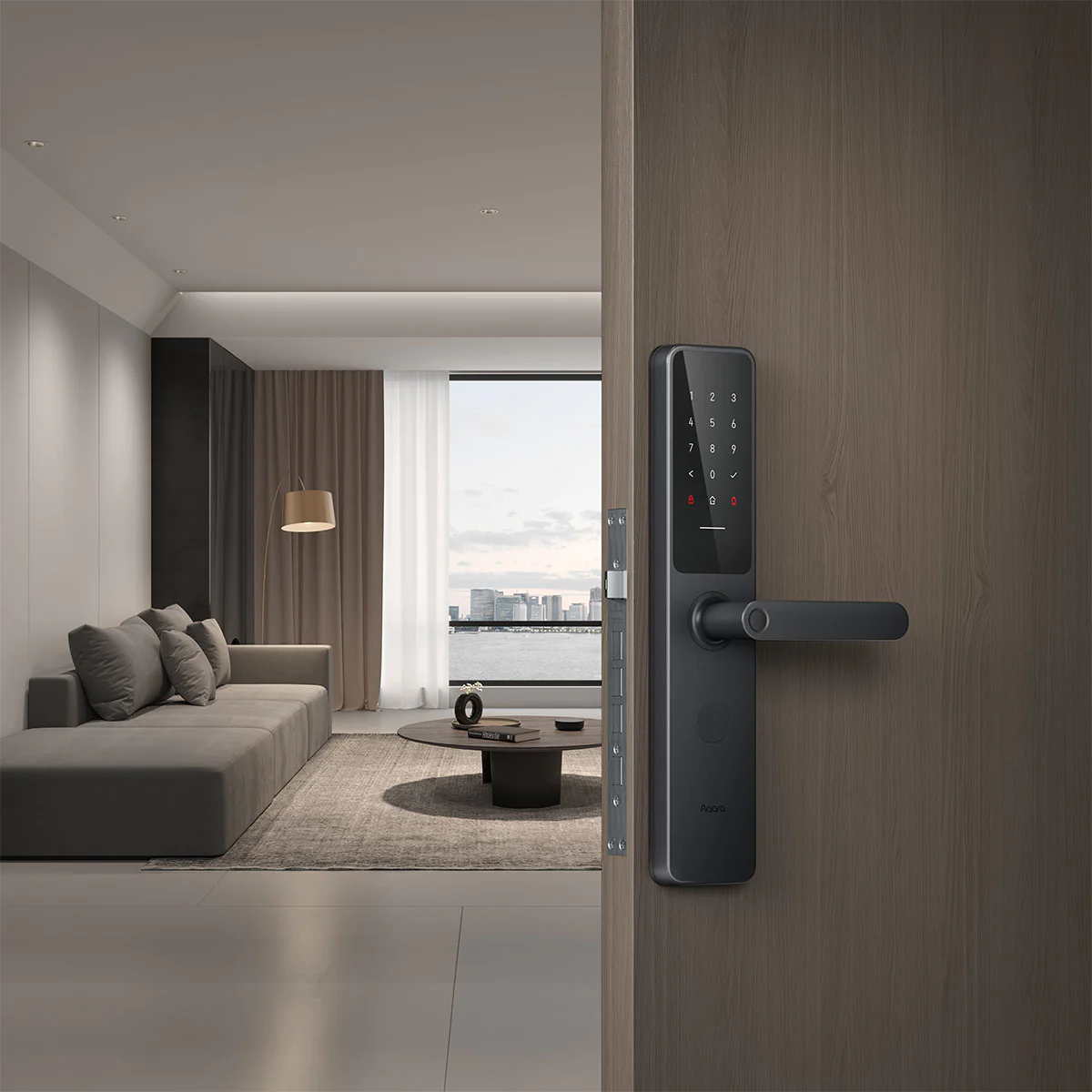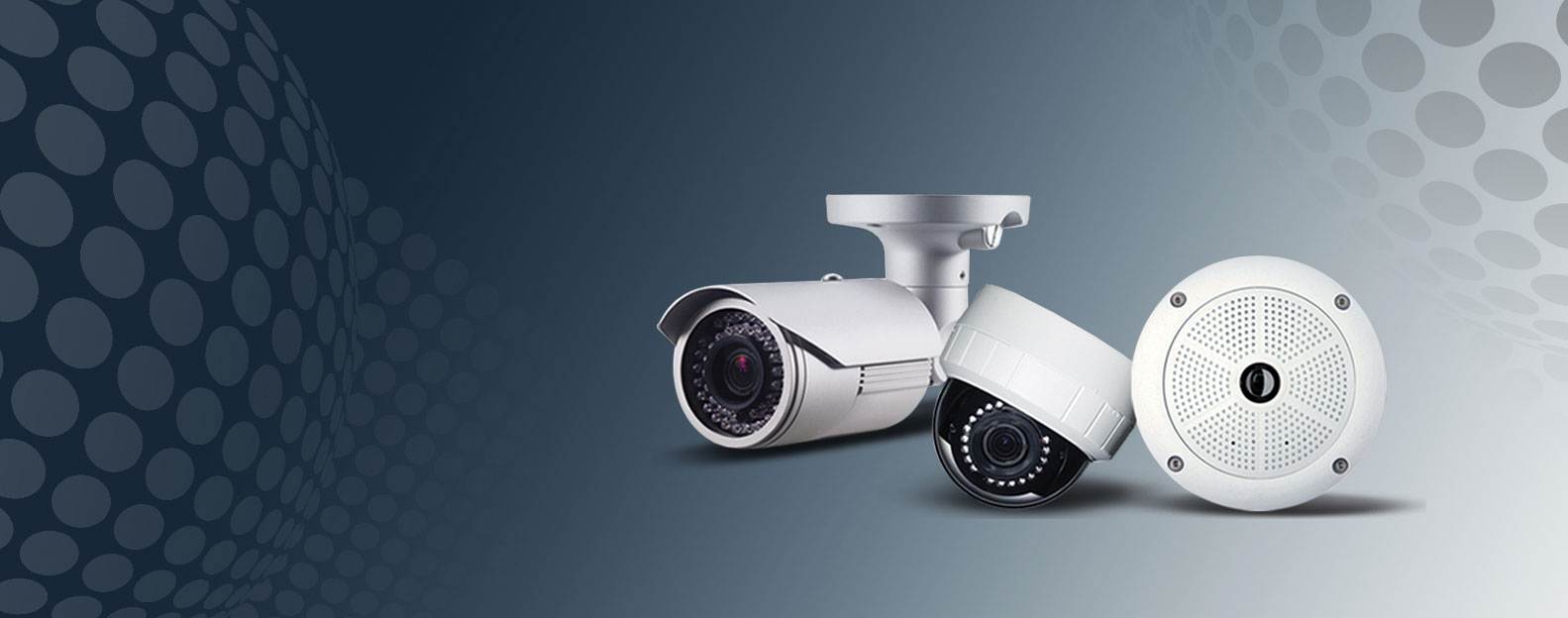
Electronic Door Lock
Electronic door locks are keyless systems that use various authentication methods like PIN codes, biometrics, smartphones, or RFID cards to grant access to a home or building. These locks can be standalone or integrated into a smart home system, offering enhanced convenience, security, and control.
Types of Electronic Door Locks:
Keypad Locks:
- Access is granted by entering a PIN code on a numeric keypad.
- Ideal for homes, offices, and Airbnb properties, where multiple users can have unique codes.
- Example: Schlage Encode, Yale Assure Lock.
Smartphone-Enabled Locks:
- Controlled via Bluetooth, Wi-Fi, or Z-Wave, allowing you to lock/unlock doors from your smartphone.
- You can grant remote access to guests or family members and receive notifications when the door is opened.
- Example: August Smart Lock, Kwikset Halo.
Biometric Locks:
- These locks use fingerprint scanning or facial recognition for access.
- Offers a high level of security, as it requires unique biometric data.
- Example: Samsung SHS-P718, Ultraloq UL3 BT.
RFID Card or Key Fob Locks:
- Users unlock the door by tapping an RFID card or key fob against the lock reader.
- Often used in hotels, offices, and apartment complexes.
- Example: Kwikset Kevo, Yale Real Living RFID.
Smart Locks with Voice Assistant Integration:
- Can be integrated with voice assistants like Amazon Alexa, Google Assistant, or Apple HomeKit.
- Allows you to lock/unlock doors using voice commands, or integrate them into automation routines (e.g., locking the door when you leave).
- Example: August Wi-Fi Smart Lock, Schlage Sense.
